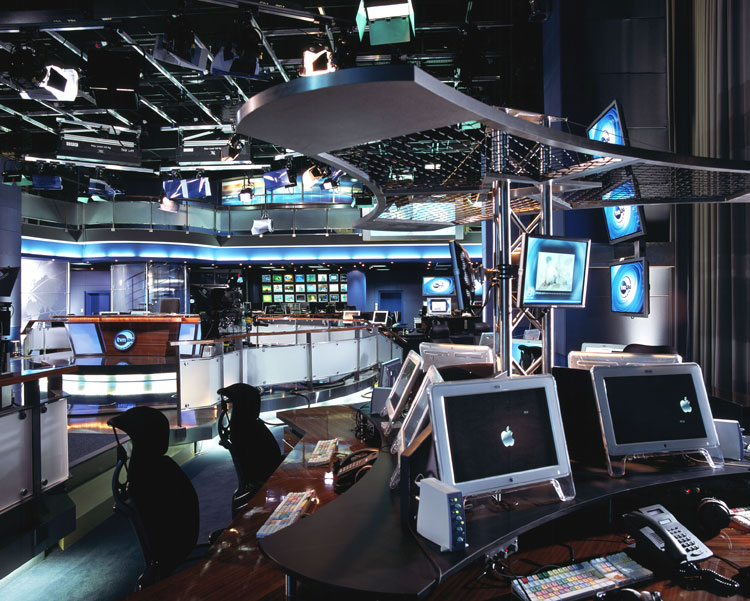Face swaps have been a popular phenomenon on the Internet lately. People are really getting a kick out of being able to swap out one face with another for photo and video. Thanks to Snapchat and other third-party apps, doing so is practically automatic. They build in the technology to detect faces and make the switch.
Basic editing operations like Crop, Blur, Resize, Flip, Rotate and Color Adjustment. Advanced photo editing options like RGB Adjust, Red Eye Removal and Color Quantization. Apply borders and frames to your images and photos. Our creative suite of professional applications for desktop and iPad have everything you need to bring your ideas to life. From the smoothest, fastest photo editing and graphic design software to the most powerful publishing software, Affinity apps are pushing the boundaries of what's possible. Affinity Photo is a British photo editor that is similar to Photoshop and Corel PaintShop Pro. It isn't a software for photo importing or organizing, it's rather a good choice for image retouching, photo merging for panoramas, making a HDR effect, and basic digital drawing.
Follow along with Heather as she shows you how to update pictures in your branded business tools that were made with Publisher. In addition to some basic Mic.
If you want, you can also perform a face swap with just about anyone in a standard photo editor. I guarantee it'll work even better and look even more accurate, yet it's not very time-consuming at all. All you need is some decent photo editing software like Photoshop or Pixelmator.
Note: In this tutorial, I'll be using Pixelmator. However, the tools necessary for a face swap are in most photo editing applications. If you're using something else like GIMP or Photoshop, the tools you'll use are still the same, but their locations throughout the app may vary based on their respective UIs.Face Swapping
For the tutorial, I found a free stock photo of three people on Imagebase. You can download it there too if you want to practice using the same image.
Important: I'm only going to swipe out the two women and let me explain why. While you can technically perform a face swap between any two people, it works best when the subjects are angled similarly and faced in the same direction. The man in the photo is looking more downward than the two women, so lucky for him he won't be subjected to our abuse.Open the photo you want to use in your preferred photo editor. Again, I'm using Pixelmator. Start by duplicating the layer.
Then use the Selection tool. The best one for this use is the Lasso, so you can draw a rough selection around one of the faces. It doesn't have to be perfect, and it definitely shouldn't be larger than the face itself, in fact, try to get the selection a bit smaller than the entire face.
If you have a Refine Selection or similar feature, use that to smooth out the curves of your selection and enable feathering, which will blur the edges of the selection a bit. The amount you'll need depends on the size of the photo, but for this one, I'm going with about 20 percent.
Copy and paste the face into a new, separate layer. Now repeat that entire selection process for the other face and also copy and paste that face into its own layer.
You should now have two identical layers with the full photo, one layer with one face and one layer with another.
Now here's the fun part. You're going to drag over one face in its own layer on top of the other face. If you're using a good photo with two subjects at the same angle and distance, it should look pretty decent right off the bat. If not, you'll have to play around with it to achieve a more professional result, but what you'll have to do depends on your own situation.
Some tools to consider: resize the face/selection to adjust to the new subject and rotate the face to be in line with the subject's own angle.
Optionally, use a very soft eraser to blend in facial features with the new subject's skin color and shadows. Even adjust the opacity down to about 30 or 35 percent, at first, to make sure the lighting details from face to face aren't accentuated. This part isn't necessary but the blending tends to make the photo look more realistic instead of like a face pasted onto another.
Repeat this same process for the other face.
And you're done. Keep in mind that there's no magical way to do this so that it looks perfect every time. The end result will still probably look moderately unrealistic, but just keep refining using the tips above until it's believable (and humorous) enough to you.
ALSO SEE:A Guide to Irfanview: Desktop Tool For All Your Image Editing Needs

The above article may contain affiliate links which help support Guiding Tech. However, it does not affect our editorial integrity. The content remains unbiased and authentic.Also See#image editing #photos
Did You Know
Adobe Photoshop was previously known as ImagePro.
More in image editing
Top 15 Tips to Edit Images in Google Slides
Microsoft Photo Editor allows you to customize graphic images you create,scan
Free Photo Picture Editor

The above article may contain affiliate links which help support Guiding Tech. However, it does not affect our editorial integrity. The content remains unbiased and authentic.Also See#image editing #photos
Did You Know
Adobe Photoshop was previously known as ImagePro.
More in image editing
Top 15 Tips to Edit Images in Google Slides
Microsoft Photo Editor allows you to customize graphic images you create,scan
Free Photo Picture Editor
Microsoft has replaced Photo Editor with Microsoft Office Picture Manager, a new photo editing and cataloging program in Office 2007 and in Office 2003.
To work around this issue in Office 2007 and in Office 2003, reinstall Photo Editor.

